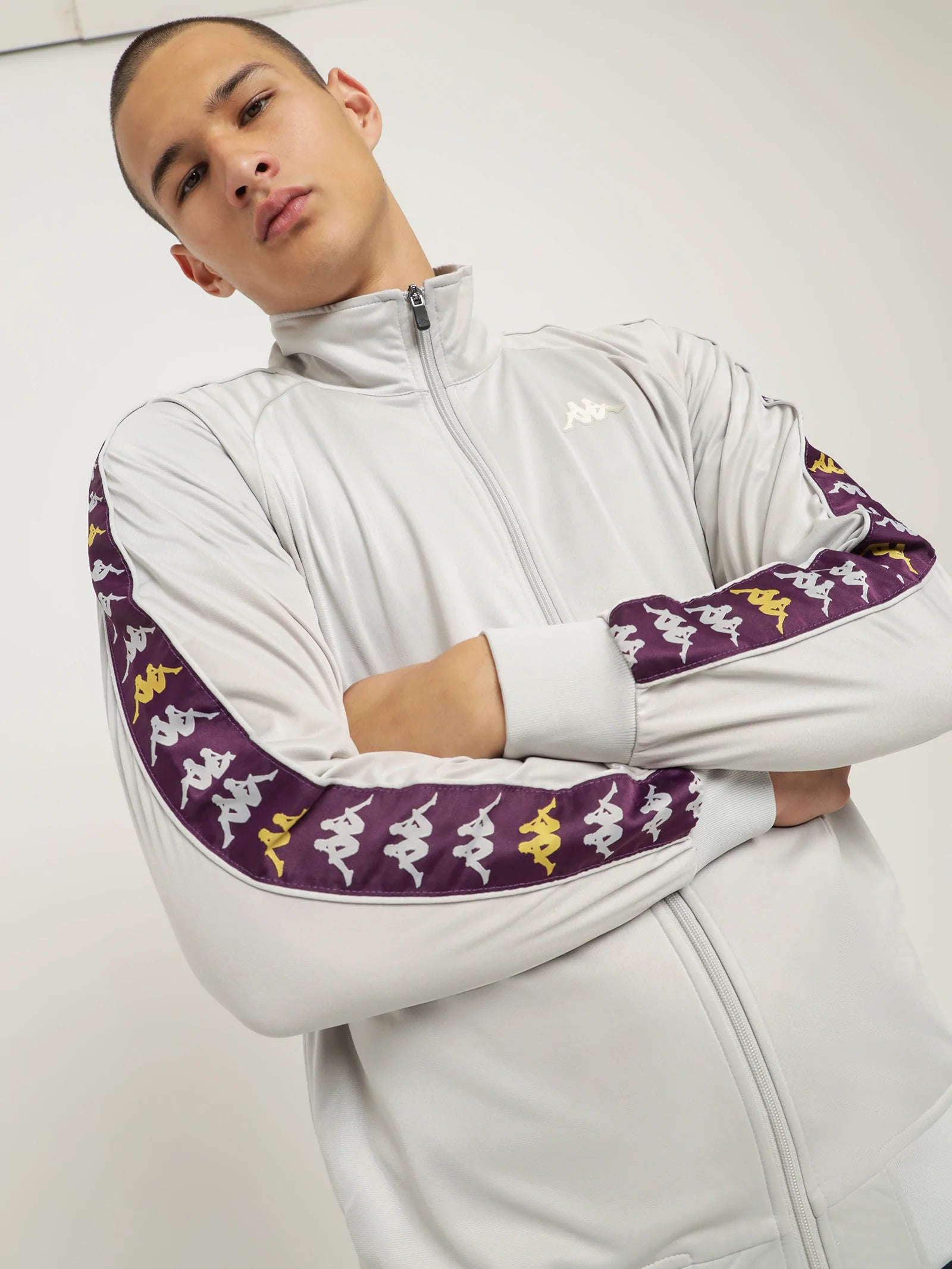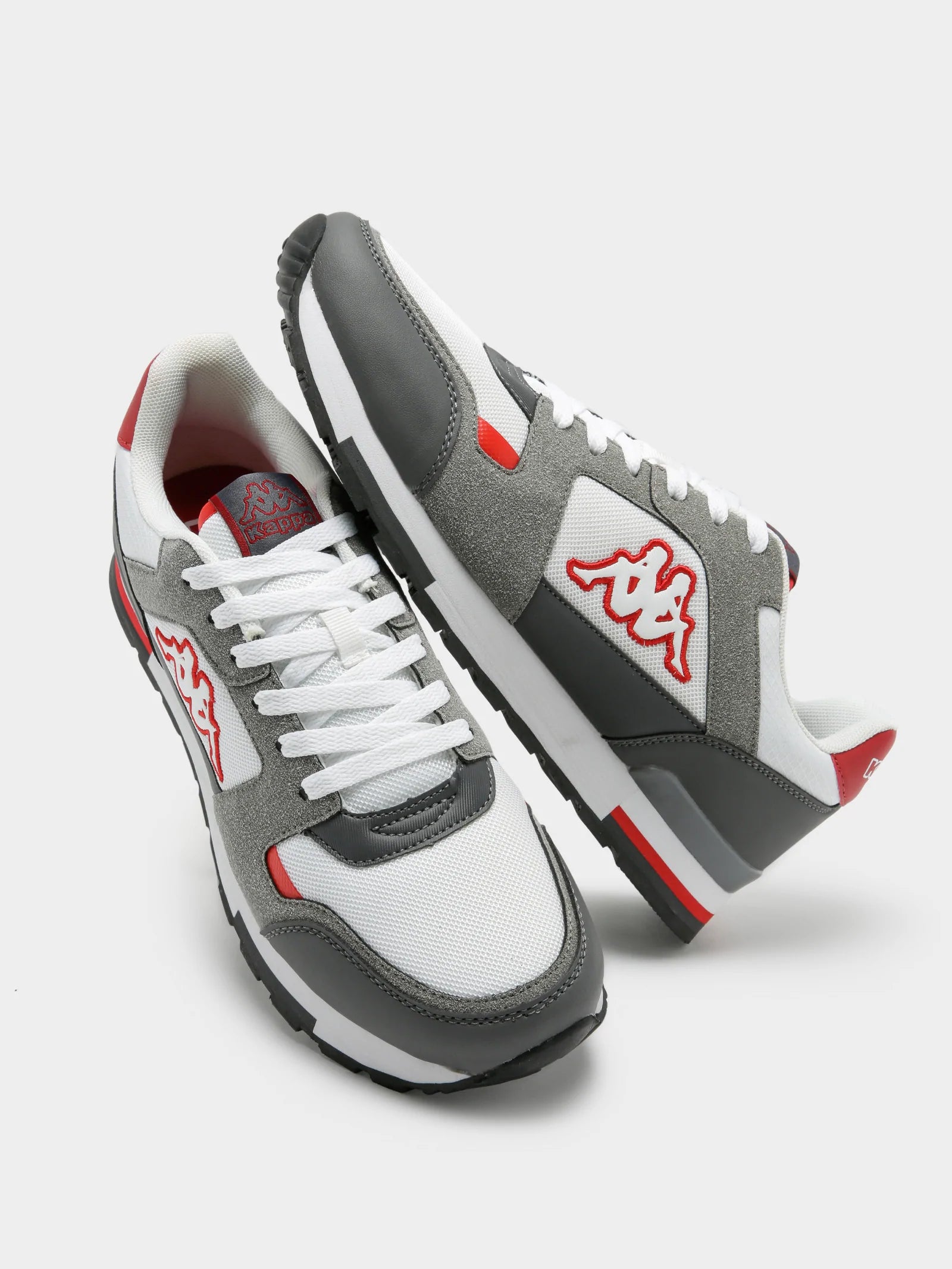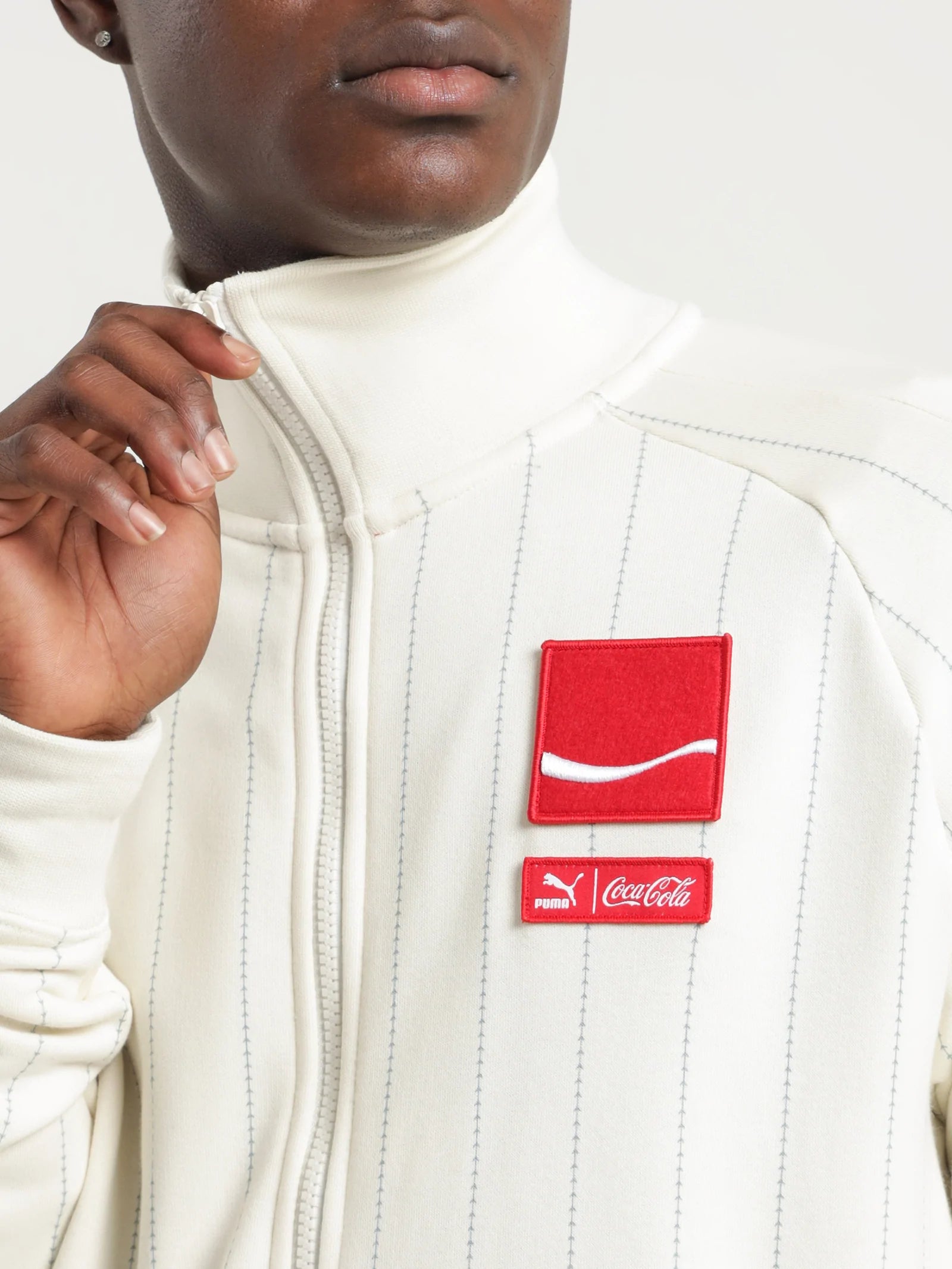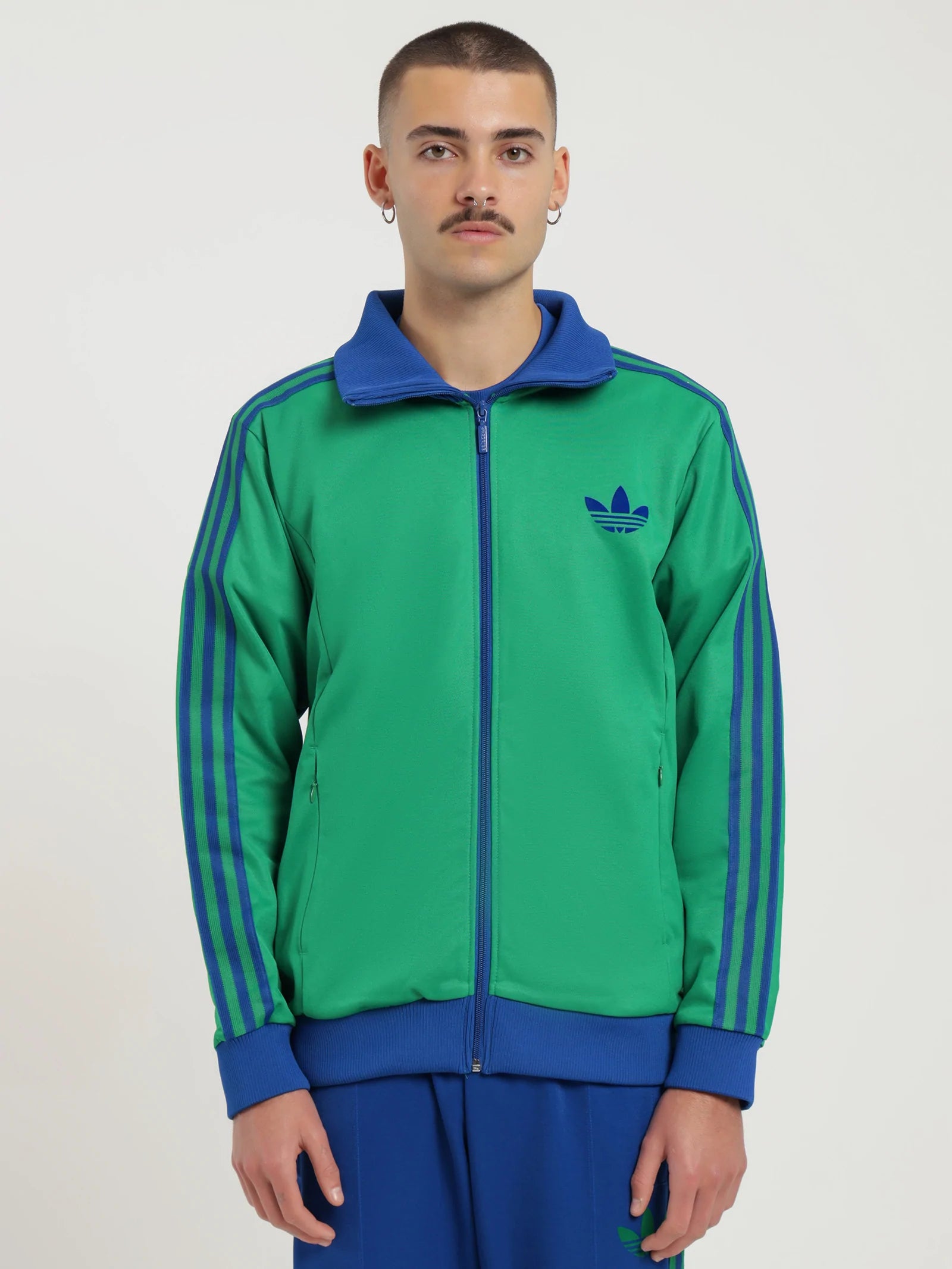Move like a Millionaire: How Football Defined the Tracksuit
Football has been woven deeply into the tapestry of human history, charting back to the origins of our modern world.
It is known that the ancient Egyptians and ancient Japanese kicked a ball around in groups for fun. The ancient Greek plays of Antiphanes contain phrases such as “long ball” and “short pass”. Aztec paintings at Teotihuacán and Chichén Itzá depict a ball being kicked with the foot and the knee. The Aztecs had the habit of sacrificing their winners; those favoured by the gods would be an offering to ensure bounteous crops and fair weather.
In the same instance that Jesus was dying on the cross, less than a kilometre away, it is likely a bunch of Romans were playing an early version of football, kicking up the dust of Jerusalem.
Tracksuits are to football what football is to human history, folded into training bags during every soccer match and exhumed to be worn proudly thereafter.
As a pre and post-game essential for every footballer and an object of esteem among us mere mortals, track pants and track jackets carry a lot more history than we give them credit for. From humble beginnings to their more clout-ridden current iterations, the tracksuits of football’s past are worth delving into as we ready for the 2022 World Cup.


ADIDAS: Tracing the Trefoil’s Roots
Adidas is the brand most closely associated with football, people first becoming acquainted with the Trefoil on the chests of football players in the 1960s.
Adidas designed a tracksuit to rival that of Schwahn, the most popular outfitter at the time, whose designs for soccer players were baggy and cumbersome. Prior to the 1962 World Cup in Chile, Adidas designed a slim tracksuit with the three stripes running down the lateral sides.
Later in 1967, this silhouette would receive an update and be dubbed “The Beckenbauer”, named for German central defender, Franz Beckenbauer. It boasts the same slim style favoured by soccer players warming-up on the pitch today.
However, this wasn’t Adidas’ first foray into football. Since 1954, Adidas had been the German national team’s official soccer boot purveyors, cementing their name among the behemoths of the game.


Settting the Standard: Jorge Campos style
Never one to shy away from colour, Jorge Campos always wore culturally inspired, neon kits in bold patterns during the 1990s. He was sponsored by Nike and Umbro intermittently during his tenure with the Mexican national team and goes down in history today for impeccable saves in front of the goal posts, as well as his vibrant on-pitch look. Official club tracksuits were later designed to complement game day kits, and the lengths to which players were willing to embrace colour later informed the design of tracksuits.

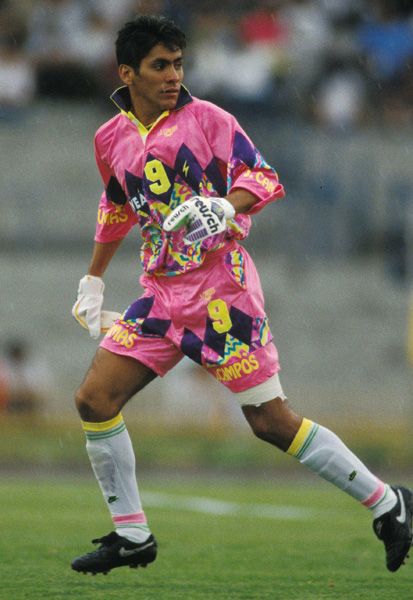


Track suit sets are replete with details originally designed to make the lives of footballers a little easier. Zip-up ankles were meant to allow the athlete to strip to their shorts underneath without taking off their shoes. Drawstrings were supposed to keep track pants from slipping down despite rigorous motion and lightweight fabrics allowed players to warm up in an instant.
Upping the Game
In the 80s and 90s, there was a boom in clubs that saw tracksuits as a visual currency they were keen to extoll. This resulted in a slew of designs that drew on the bright colours and colourblocking popular in those decades. Here, the preppy merged with the colourful, establishing the DNA that brands such as
Puma,
Nike,
Champion and
Kappa have become known for today.

Millionaires are Made in Tracksuits
While were used to footballers being tracksuit-wearing multi-millionaires, this is a relatively recent development in the world of soccer. By the year 2000, Italian clubs had broken records for the most expensive transfer deals ever made. Lazio bought Christian Vieri for 28 million pounds and Hernán Crespo for more than 30 million pounds. Two weeks later, the record was broken again in Spain when Luís Figo moved from Barcelona to Real Madrid for 37 million pounds. Just one year later, Zinedine Zidane was signed to Real Madrid for 48 million pounds. The sentiment of the time, as captured by the BBC’s headline: “Has The World Gone Mad?”
These massive payouts often occurred between rival football clubs, raising the ire of soccer fans worldwide. It marked the definitive turn from soccer being the sport of the people to being big business that favoured the largest shareholders first and foremost, and paid athletes eye-watering sums while passing them around like trading cards in the school yard.




Today, due to sponsorship deals, the idea that even sub-par footballers receive a wage in the millions is a given. Cristiano Ronaldo makes the most money of any football player in history, thanks to his countless brand deals over the course of his career.


“Whoever believes physical size and tests of speed or strength have anything to do with a soccer player's prowess is sorely mistaken…. Good soccer players need not be titans sculpted by Michelangelo. In soccer, ability is much more important than shape, and in many cases, skill is the art of turning limitations into virtues.”
- Eduardo Galeano
Born out of the humble tracksuit, kits designed by the likes of
Nike,
Adidas,
Kappa,
Le Coq Sportif and countless more found a framework in which to experiment with the generosity of the track suit’s silhouette.
Just like football, the sport for everyone, which you need only a ball or something in place of a ball to play, the tracksuit is designed for everyone. The generosity of its silhouette lends itself to anyone who wants it. Transcending sporting fields and local parks, it appears in supermarkets and shopping centres, universities and schools, raves, concerts, airports, and in some brave instances, restaurants. Favouring no single place more than the other, tracksuits let you leave your own mark on practicality in an outfit, without the fussiness that comes with restricted motion. Often, the tracksuit seen on the pitch is the very same that fans in the stadiums are cheering their heroes on in.
As much as football grows into a global behemoth of money, the simplicity of the tracksuits reels it in, back to the people, back from gods that will go down in history for their on-pitch artistry, but all done in a humble t-shirt and shorts, or a tracksuit.

















